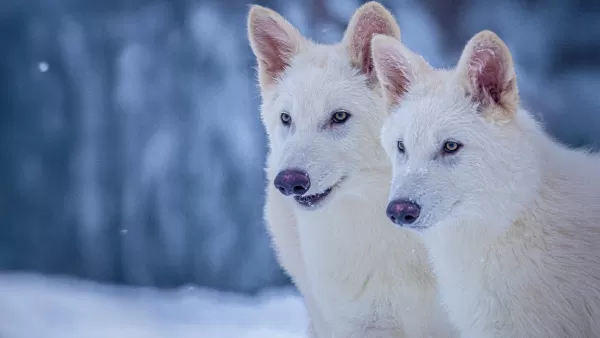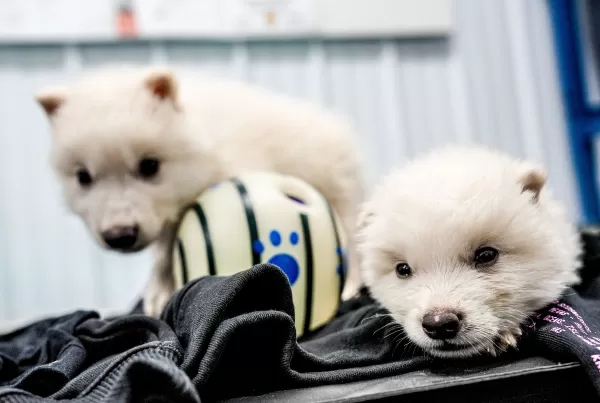by Sarah Apr 24,2025
Bringing a super-sized canine back from extinction after 12,500 years might sound like a plot from a blockbuster movie filled with special effects, but it's now a reality. The world is home to three dire wolves, residing in a secret location in the US, thanks to the efforts of the biotech company Colossal Biosciences.

“I could not be more proud of the team. This massive milestone is the first of many coming examples demonstrating that our end-to-end de-extinction technology stack works,” stated Ben Lamm, CEO of Colossal Biosciences.
“Our team took DNA from a 13,000-year-old tooth and a 72,000-year-old skull and created healthy dire wolf puppies. It was once said, ‘any sufficiently advanced technology is indistinguishable from magic.’ Today, our team gets to unveil some of the magic they are working on and its broader impact on conservation.”

However, the ambitions of Colossal Biosciences extend beyond social media buzz and exotic pets. The company aims to apply its discoveries to conserve current species for future generations.
“The de-extinction of the dire wolf and an end-to-end system for de-extinction is transformative and heralds an entirely new era of human stewardship of life,” remarked Dr. Christopher Mason, a scientific advisor and member of the board of observers for Colossal.
“The same technologies that created the dire wolf can directly help save a variety of other endangered animals as well. This is an extraordinary technological leap in genetic engineering efforts for both science and for conservation as well as preservation of life, and a wonderful example of the power of biotechnology to protect species, both extant and extinct.”
Regarding the welfare of these dire wolves, Colossal Biosciences has collaborated with the American Humane Society and the USDA to ensure their 2,000+ acre preserve meets the highest standards, with a dedicated team providing round-the-clock care for these remarkable creatures.
Zenless Zone Zero Update Cycle Leak Hints at Future Content cadence
All Mavuika Materials, Kit, and Constellations in Genshin Impact
Counterfeit Bank Simulator: Minting Solution for Economic Crises
Marvel Rivals: Season 1 Dracula Explained
Best Xbox Game Pass Games For Kids (January 2025)
Solo Leveling: Global Tournament Draws Near
Power Rangers: Uncover Hidden Secrets in Rita's Carnival and Cemetery
Albion Online launches Paths to Glory update with new content, boosted spawn rates, and more

من سيربح المليونين
Download
Word Blocks Puzzle - Word Game
Download
Dollars-Old Vegas Slots
Download
Squad Fire Gun Games - Battleg
Download
Draw Creatures
Download
Миллионер - игровые автоматы
Download
Guess the Word. Word Games
Download
Guild of Spicy Adventures 0.55
Download
Impossible GT Stunt Sports Car
Download
Borderlands 4 Boosts Builds with BG3, PoE-Inspired Skills
Dec 25,2025

"Nikke Adds SSR Mana in Wisdom Spring Event"
Dec 25,2025

Word Search Journey Debuts with Vast Puzzle Library
Dec 24,2025
Nicolas Cage's Top 15 Film Roles
Dec 23,2025
SAG-AFTRA, Game Companies Still at Odds Over AI Terms
Dec 22,2025